Make a color-changing chemical indicator from a vegetable!
Chemical indicators can tell us what kinds of chemicals are close by and they do this by changing colors. We can make our own chemical indicator from a plant you can get at any grocery store and it’s super easy. No fancy chemistry equipment needed!
Materials
Red cabbage – chopped into rough chunks
Water
Saucepan
Strainer
Small cups or bowls
“Mixables” to test
Mixables Ideas:
- Baking soda or baking powder
- Fruit juice (apple, orange, lemon, etc.)
- Soda
- Vinegar
- Sugar
- Salt
- Milk
- Dish soap
- Hand soap
- Other liquids or powders you’re curious to test!
Activity Instructions
Place the cabbage in the pot and add water
Add enough water to completely cover the cabbage chunks
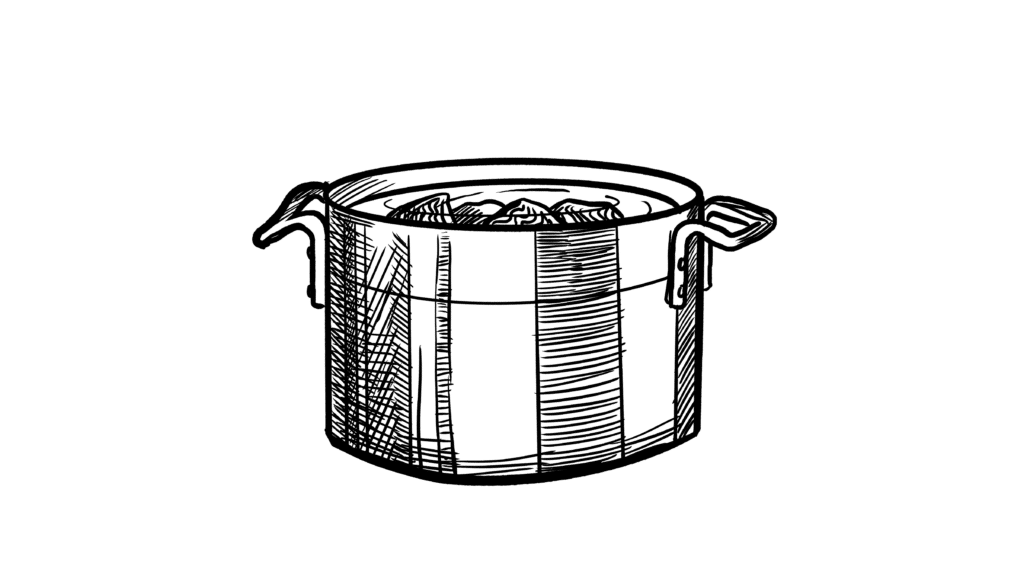
Simmer for 10-20 minutes
Make sure you have a responsible adult to help with this part!
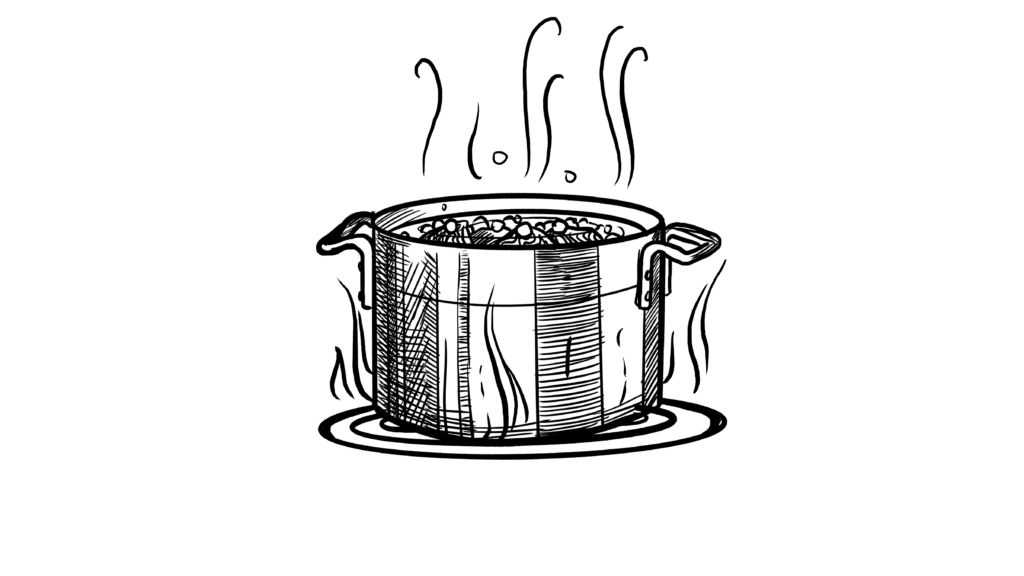
Pour off the water into a heat safe container
You’ll see that the cabbage water is purple! Cabbage chunks can be discarded
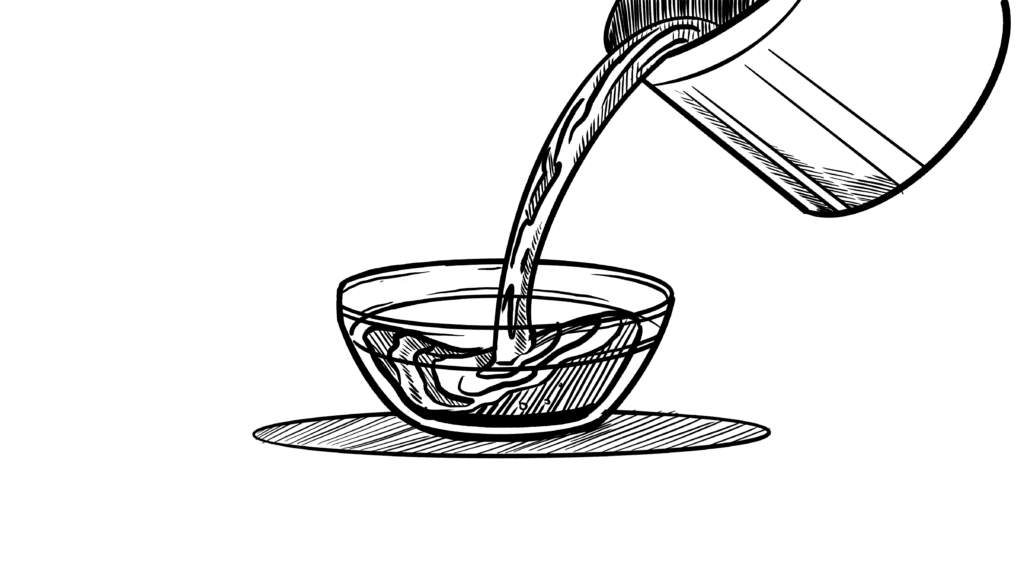
Leave your cabbage water indicator to cool
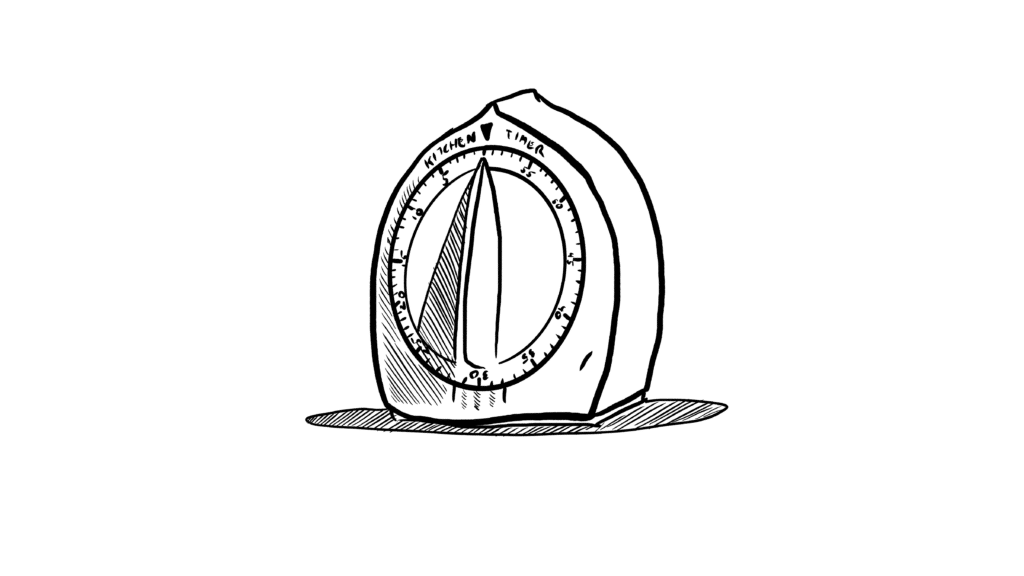
Add mixables!
Add a small amount of your indicator to small cups or bowl and then add different mixables!
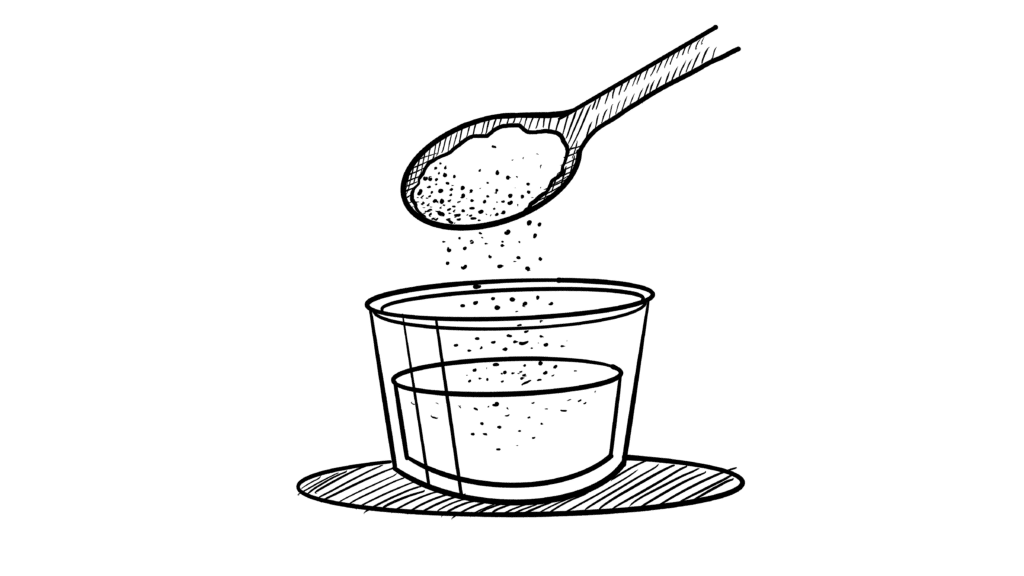
What did you observe?
Let’s Think…
What do you notice when you add your mixables into the cabbage indicator?
What happens if you add two different mixables to the same container of cabbage indicator?
Which, if any, of your mixables surprised you with their pH when you added them to the cabbage indicator?
Have you seen any plants that change color before?
What’s the Science?
Scientists categorize substances as acids or bases. Some acids that you might recognize are things that taste sour – things like lemon juice and vinegar. Some bases you might recognize are baking soda and soaps. A lot of things are neither acids nor bases and we all those things neutral.
Chemical indicators can tell us if something is an acid or a base with their colors.
Red cabbage contains a chemical called anthocyanin. This pigment is a natural acid-base indicator that is purple when neutral. When an acid or a base is added, a chemical reaction takes place that changes the actual shape of the indicator molecule. When that indicator molecule changes shape, it changes what color it looks like.
Check out the picture below to see how cabbage water indicator changes when mixed with acids and bases.

There are lots of flowers and plants that also have natural indicators in them.
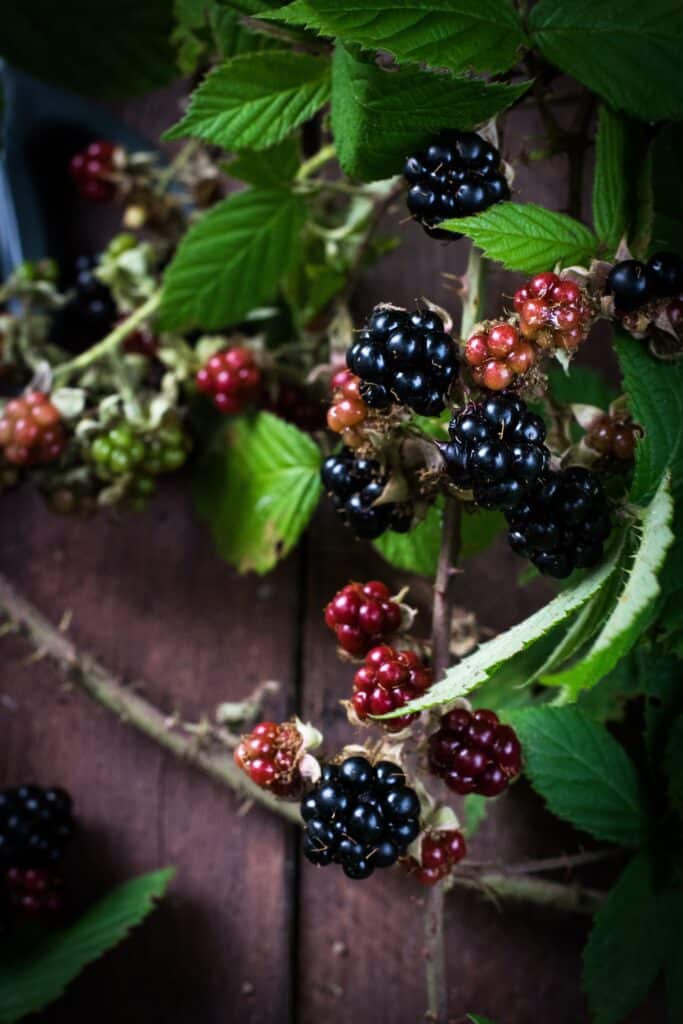
Blackberries
Blackberries are red when they are not yet mature and they’ll also taste sour (acidic).
When they ripen, they turn black or very dark purple and are no longer sour when those acids are no longer present.
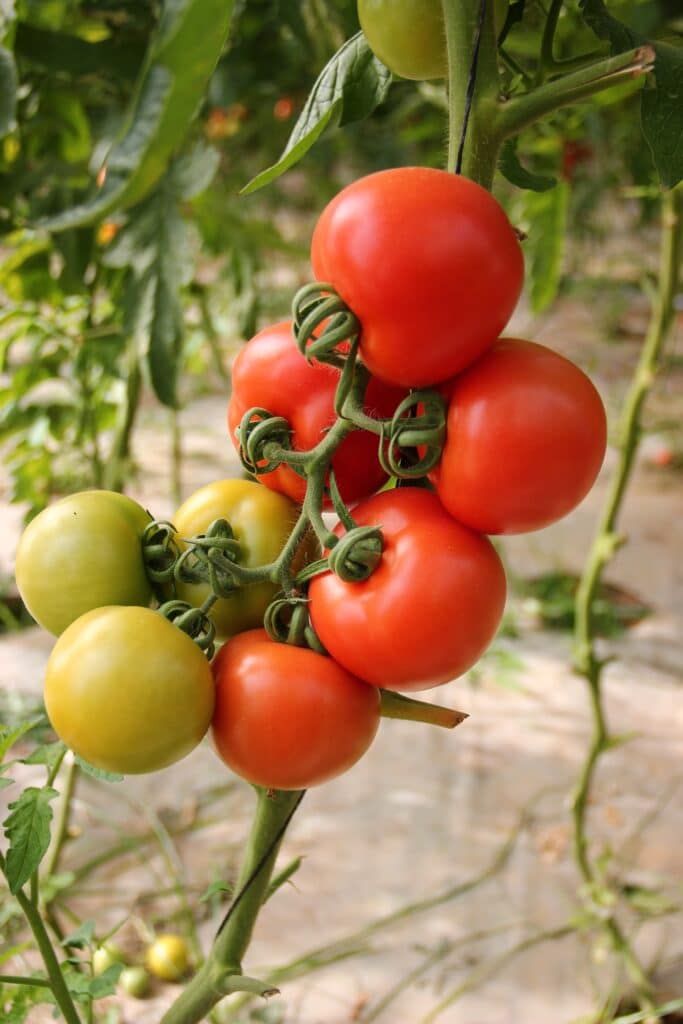
Tomatoes
Tomatoes use an indicator to show when they’re ripe too. The indicator in tomatoes is green when the seeds are not yet mature and the fruit is still acidic. They turn red when the seeds are mature and ready to spread.

Hydrangeas
Some varieties of hydrangeas will have red flowers in basic soil and blue flowers in acidic soil.
More Ideas
Try this with other plants!
Check out this MEL Science video about how to make a chemical indicator with blueberries! What other plants do you think you could try?
Density with Sugar Water
Explore how dissolving thing in water can change its density. Use that to make a density rainbow!
Explore All!
Check out all of OMSI’s Science At Home content!
Thanks to Our Sponsors
This project is made possible by a grant from the Marie Lamfrom Charitable Foundation.
